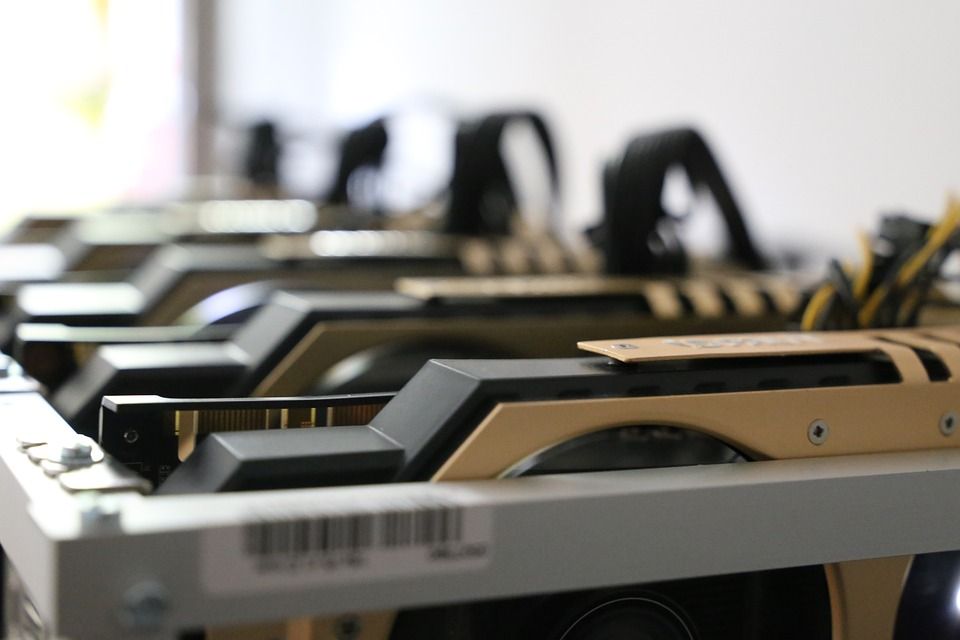Avoid Errors By Selecting The Proper Resources For Your Pod

RunPod instances are billed at a rate commensurate with the resources given to them. Naturally, an A100 requires more infrastructure to power and support it than, say, an RTX 3070, which explains why the A100 is at a premium in comparison. While the speed of training and using models is often just a matter of how many cycles you can throw at them, the amount of RAM, VRAM, and disk space is also a consideration whether the applications get off the ground at all. Here's two common error types that you might run into when attempting to download or install packages into a pod if they aren't given the resources to support them.
1.) Insufficient Container Space
By default, RunPod instances have a 5GB container space allocated to them. This space is where the root file system is held, and any packages you download will use this space to live in. This space should be more than sufficient to hold the basic operating system and pod base and to play around with. However, here's an example of an error you might find when installing a package:

ERROR: Exception:
Traceback (most recent call last):
File "/usr/local/lib/python3.10/dist-packages/pip/_vendor/urllib3/response.py", line 438, in _error_catcher
yield
File "/usr/local/lib/python3.10/dist-packages/pip/_vendor/urllib3/response.py", line 561, in read
data = self._fp_read(amt) if not fp_closed else b""
File "/usr/local/lib/python3.10/dist-packages/pip/_vendor/urllib3/response.py", line 527, in _fp_read
return self._fp.read(amt) if amt is not None else self._fp.read()
File "/usr/local/lib/python3.10/dist-packages/pip/_vendor/cachecontrol/filewrapper.py", line 94, in read
self.__buf.write(data)
File "/usr/lib/python3.10/tempfile.py", line 622, in func_wrapper
return func(*args, **kwargs)
OSError: [Errno 28] No space left on device
You can also review the My Pod information screen to review your container utilization, which can also be a good indicator if you need to boost your volume size. It will be very low on a fresh pod, but can fill up quickly if additional packages are installed.

Fixing this one isn't too bad. It's just a matter of going to your pod list, pulling down the pod you're working on, clicking the options in the lower left, and clicking Edit Pod. Be aware, though, that changing the parameters will force a reset of your pod, so ensure that anything you want to save is in your /workspace folder. Once the pod restarts, you should be good to go.

2.) Insufficient RAM/VRAM
Depending on what you are asking a model to do, you may run into errors like the following with deployments with cards with lower-end GPUs. These will appear when you're doing something computational rather than attempting to download or install packages.
RuntimeError: CUDA error: out of memory
Out of Memory: Killed process [pid] [name].
Something like a CUDA error is going to be linked to a lack of VRAM, while processes getting killed to system RAM.
An error like this may halt your entire workflow, and may require you to tweak or lower your expectations for how much you are asking the card to do. Unfortunately, there's no quick fix for this as pods are tied to the GPU configuration you select when you create them and cannot be altered. You'll need to recreate the pod with a different GPU configuration from the list, along with porting over any configuration changes you have made since then. GPUs with more VRAM are generally not appreciably more expensive (e.g. a 3080 with 12GB of VRAM is going to be priced about the same as an A4500 with 20GB) so if you have any doubts as to whether you might need the extra RAM space, you'll probably want to err on the side of caution and select the card with more memory.
Hopefully, this helps answer any questions you might have about errors you might receive when spinning up a pod and installing packages. Let us know on the Discord if you have any further questions!
